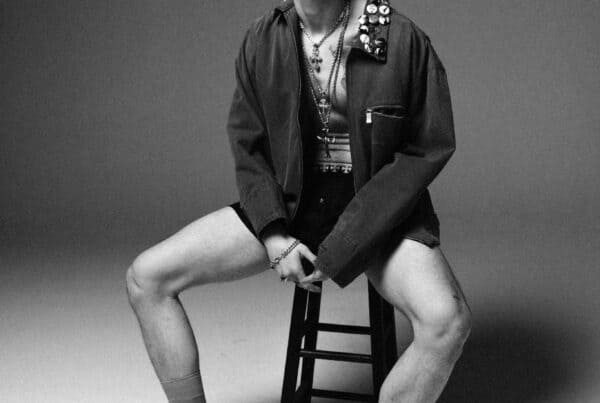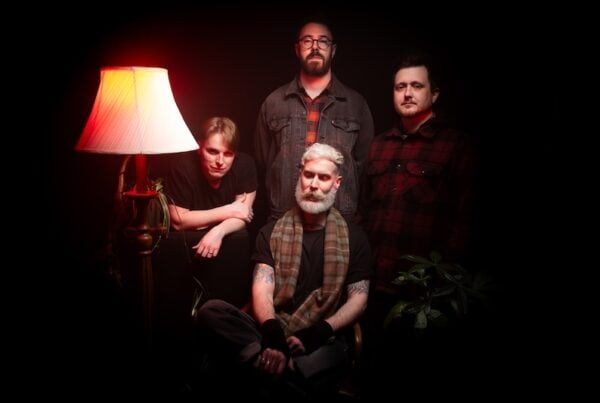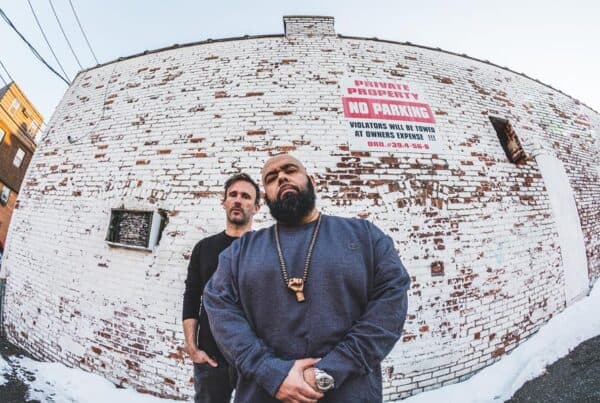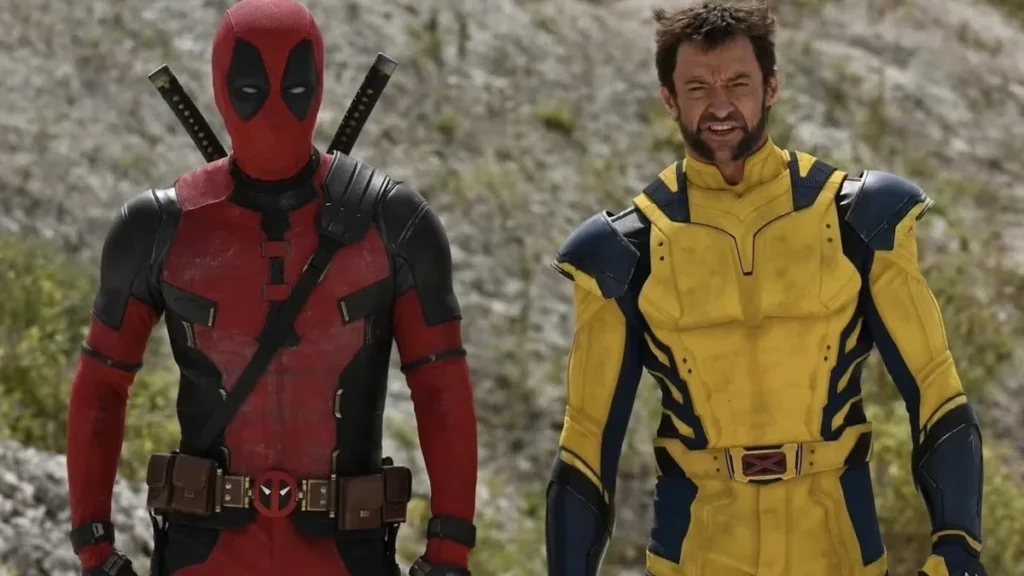Jeremy O’Harris’s “Slave Play” is one of the most controversial plays of the modern age of Broadway. From its provocative ways of portraying its subject matter to the overall messaging of the show, it has always had a way of creating a conversation on interracial relationships, our relationship to slavery and the Antebellum South, and more. “Slave Play. Not A Movie. A Play” explores the creation of this play, Jeremy O’Harris’s creative mind, and pulls back the curtain on this highly regarded and divisive work.
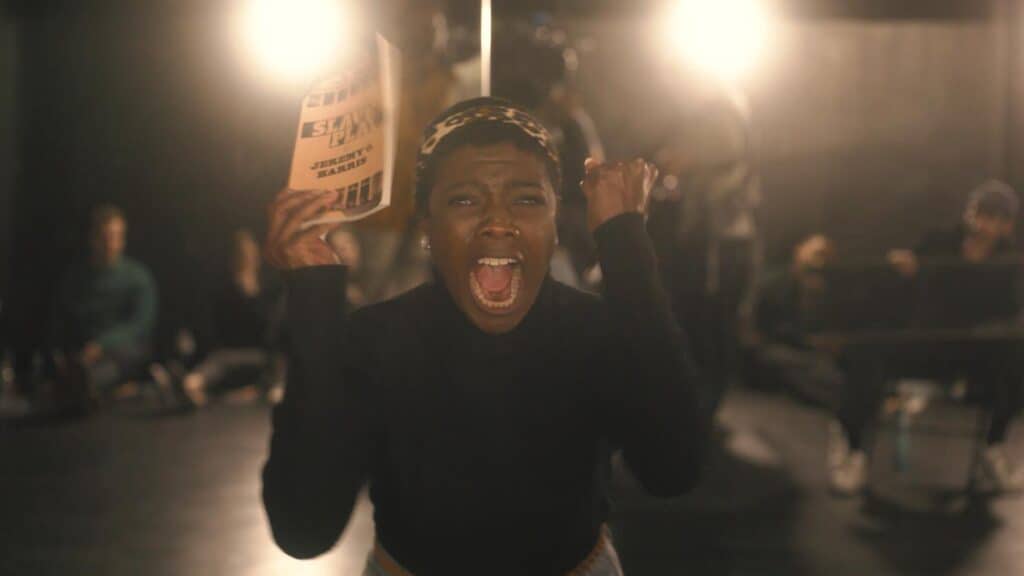
In all honesty, this was my first deep dive into anything related to “Slave Play.” I have heard about O’Harris and the play, mainly due to my Twitter feed, but outside of that, I never looked too far into it just off the basis of the name alone. However, this documentary piqued my interest as it seemed to be a more inside look into the making of the play and could maybe provide some insight into O’Harris the playwright and the play itself along with its controversy.
The documentary explores all three acts of the play, mainly in a workshop setting with slight glimpses into what the actual stage show looks like. Seeing O’Harris direct the actors through the very interesting dialogue within the first act was definitely interesting to see. Showing the various different times an actor would say specific lines of dialogue, it helped to show how the workshop was a space for the actors to get more in tune with the uncomfortable nature of the script. What really took me out of my element was the slight glimpse of the “acts” in the play being shown. It was one thing to know it was something that could’ve been implied throughout the play, but them showing the actors getting active on stage, that was different for me.
Throughout the rest of the documentary and workshop play scenes, it delves into success of the play as well as O’Harris directing and guiding these actors through what could be considered a difficult play to act in. The documentary also felt like watching the making of various parts of the film that we just watched. Seeing the scene of the editor in the theater editing with O’Harris only to see that exact scene being edited in the next shot with the same editor in a different location with O’Harris added to the unique nature of the documentary. It was like “the making of the making of” in a way. This comes from various experimental films that inspire O’Harris’s creative process for this documentary. In his own words to a NYTimes article regarding the documentary, “It’s really important to pay homage to these figures who are just now starting to really get the celebration they deserve, but also opened the door for me to do what I’m doing”.
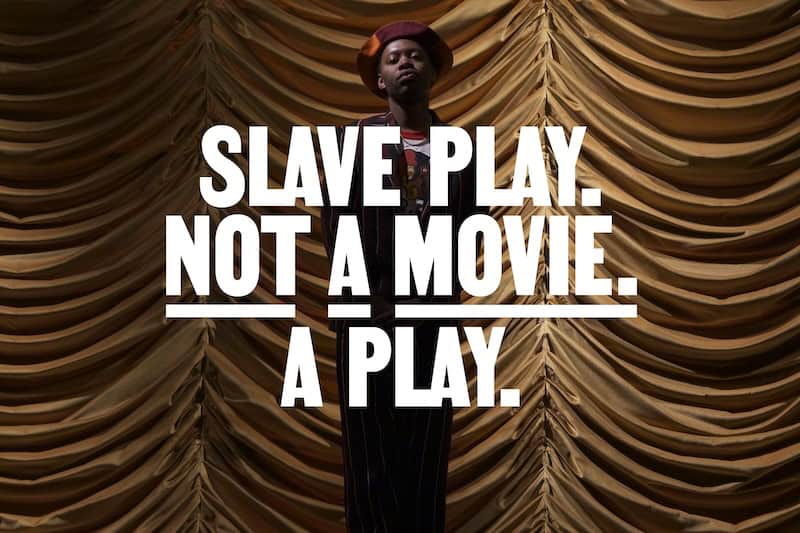
While the documentary, and majority of this review mentions O’Harris, I want to acknowledge and give credit to the workshop actors shown throughout this documentary. The various actors who were “tapped” to play these roles stepped up to the plate and throughout them processing and working through the piece, were able to turn out performances that I’m sure would be even more gripping on the Broadway stage.
Now while I definitely know I’d need a good little breather before seeing the play in real time, the documentary provides a kickstarter into gaining more insight on the piece and the creator of it himself.

